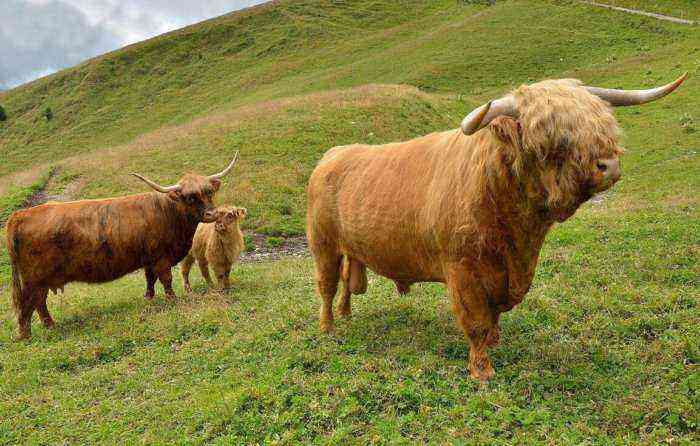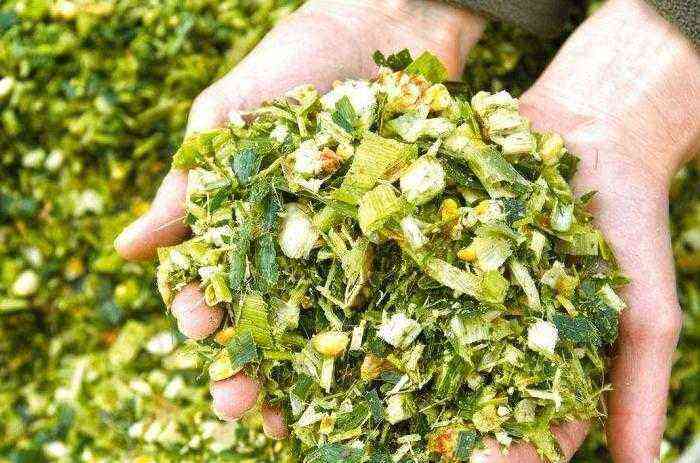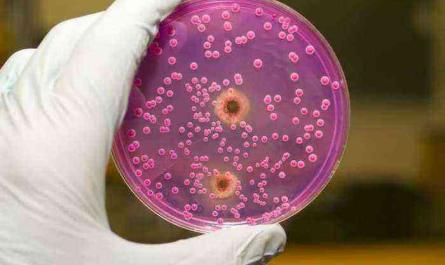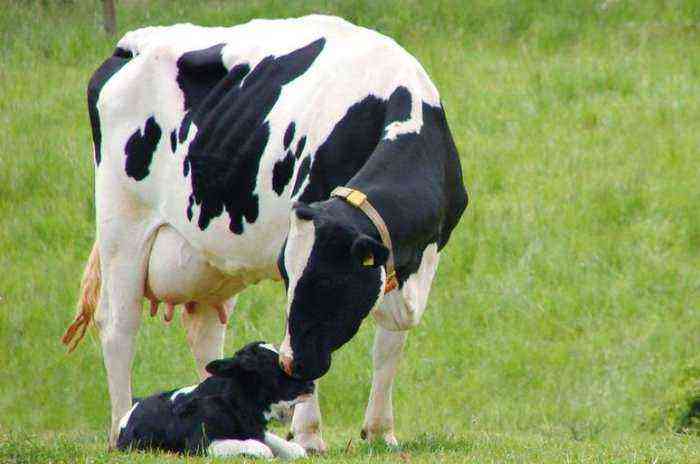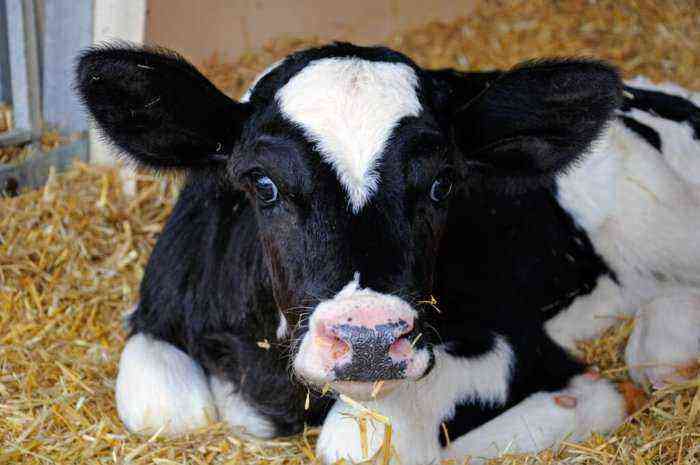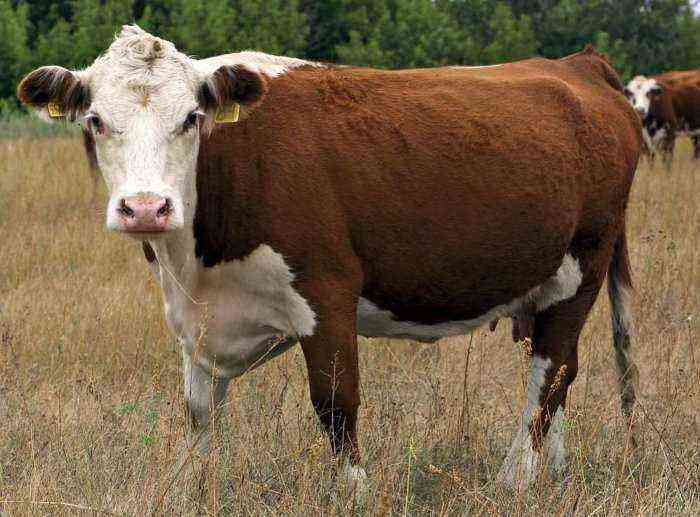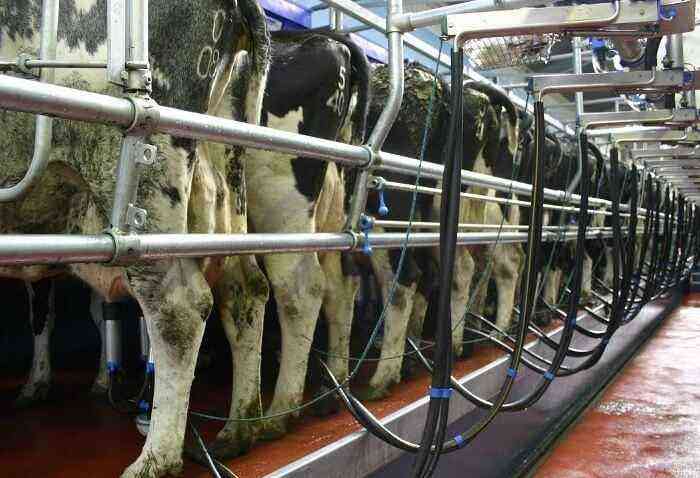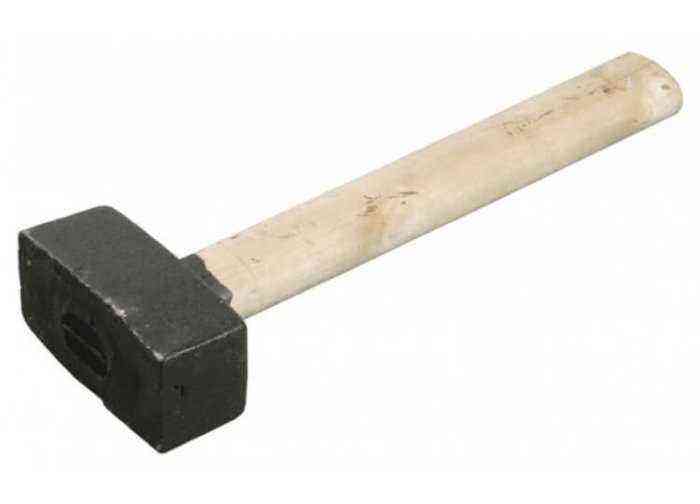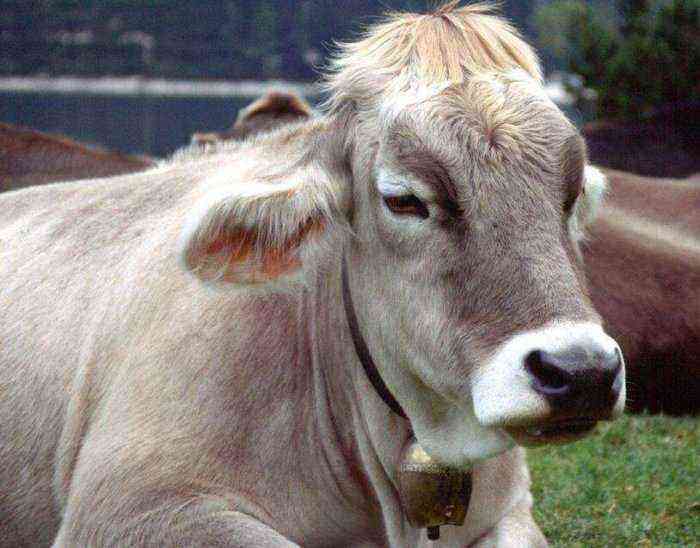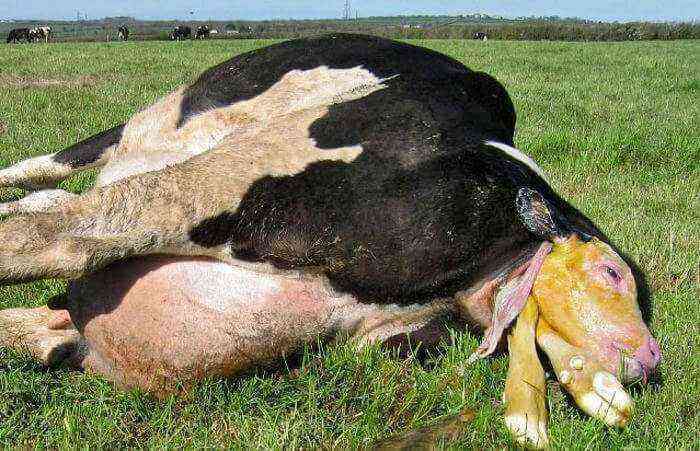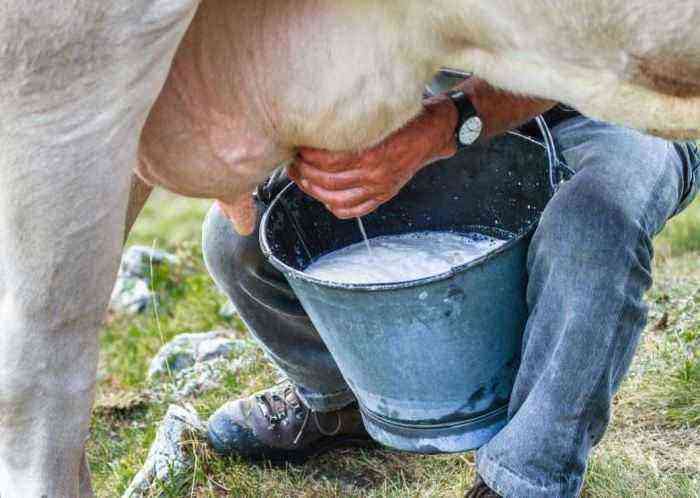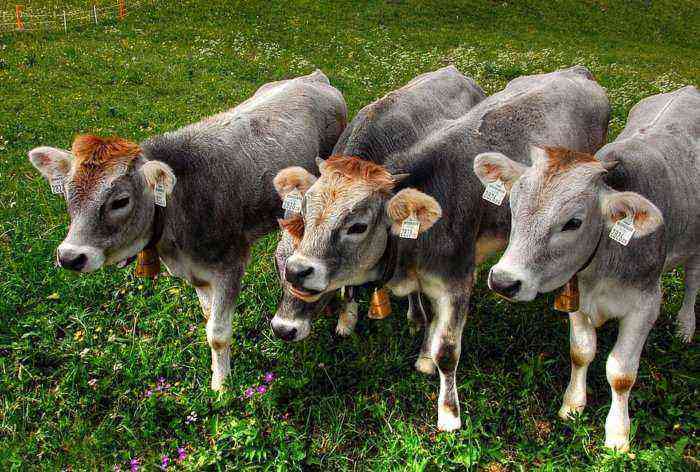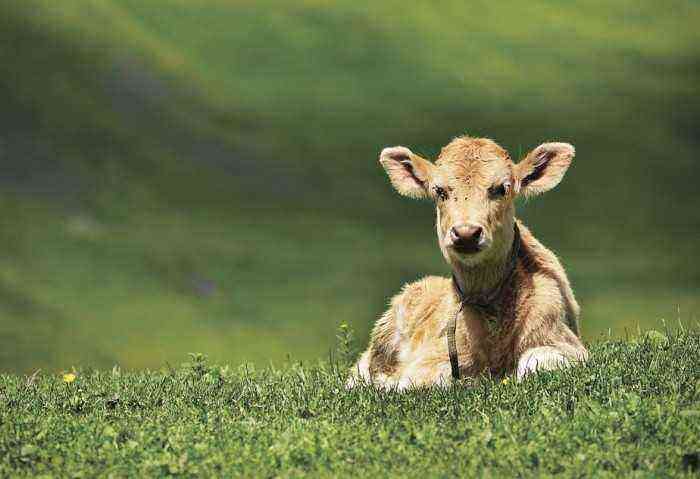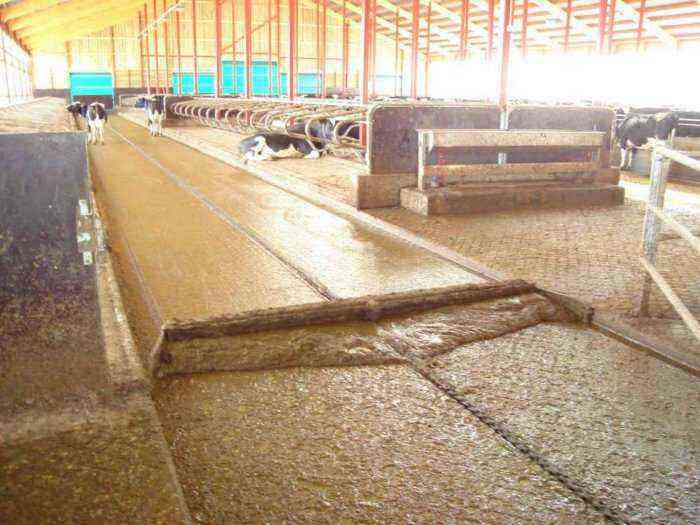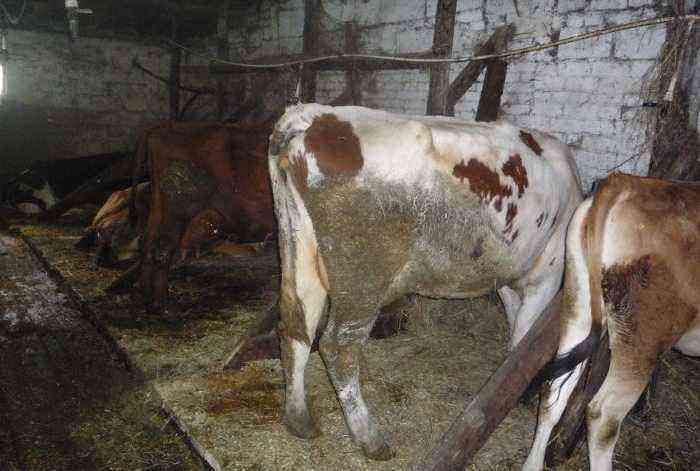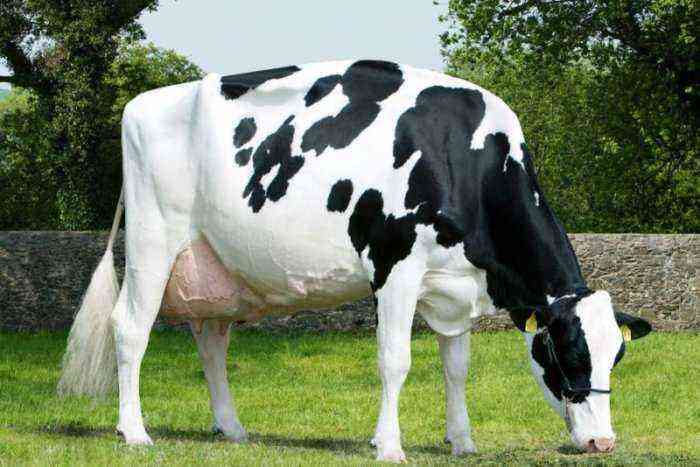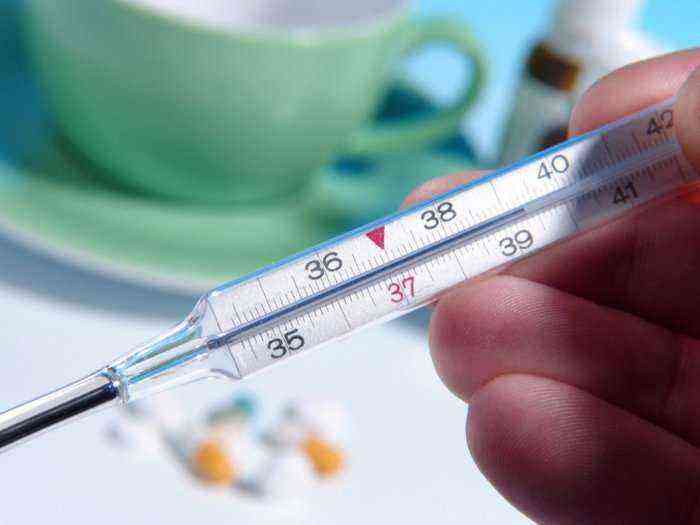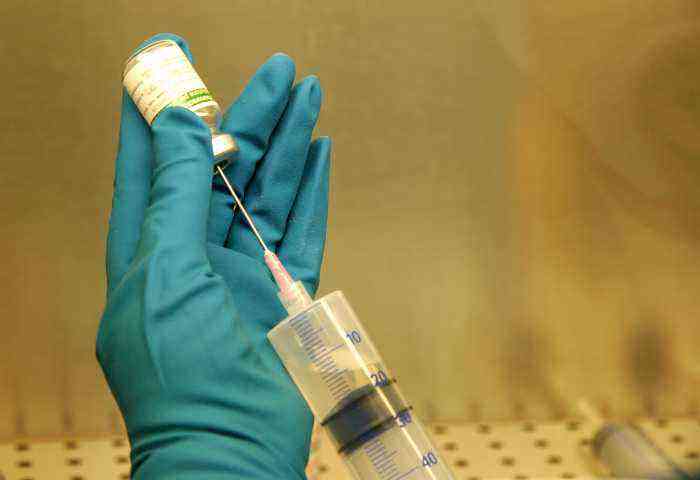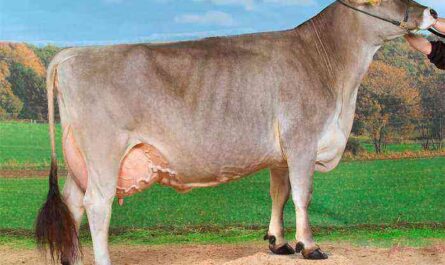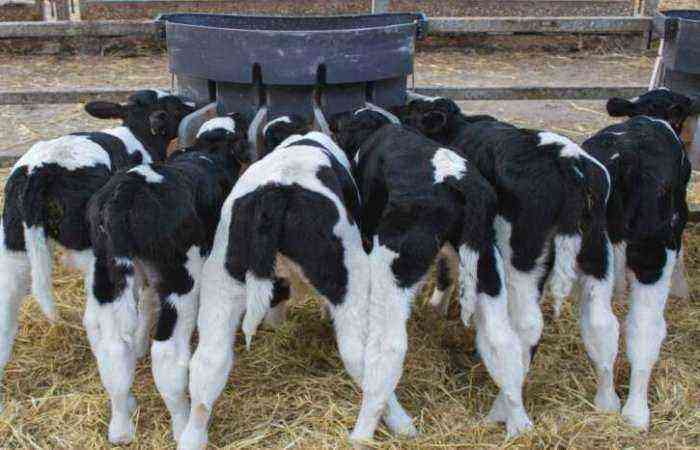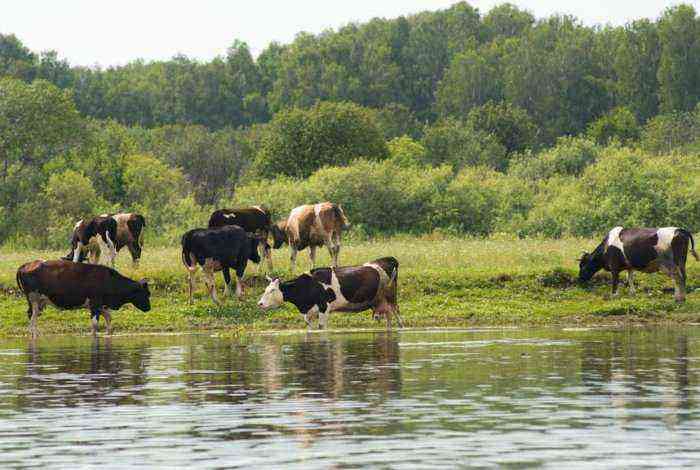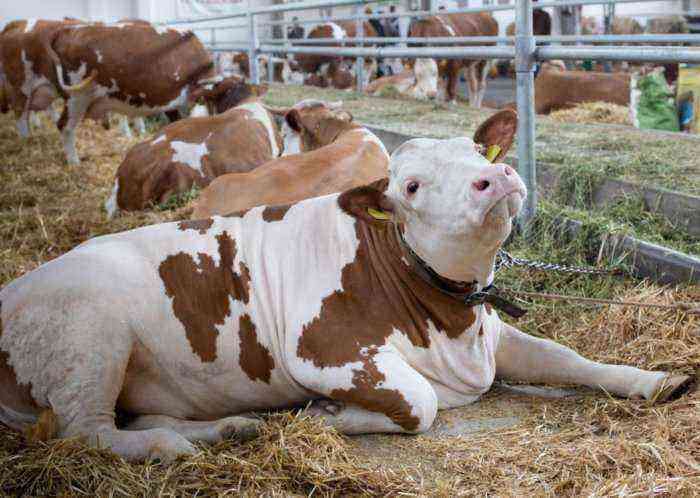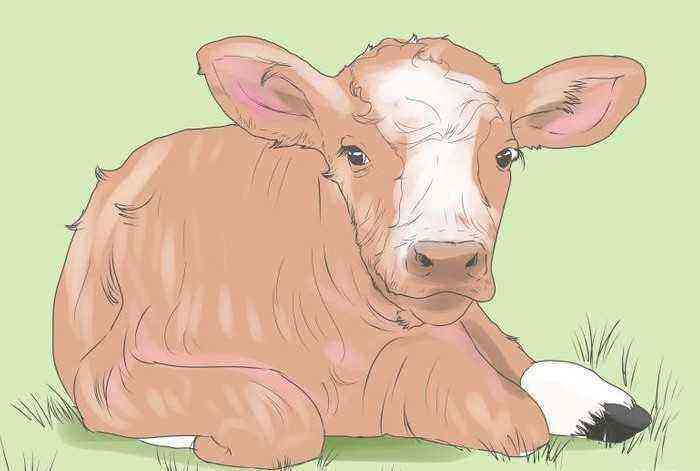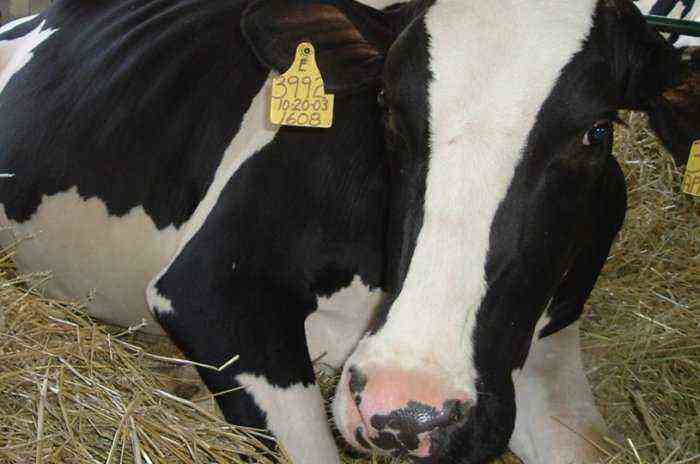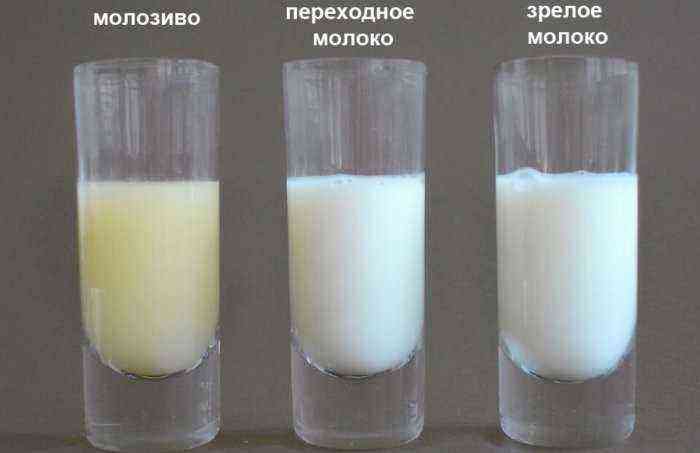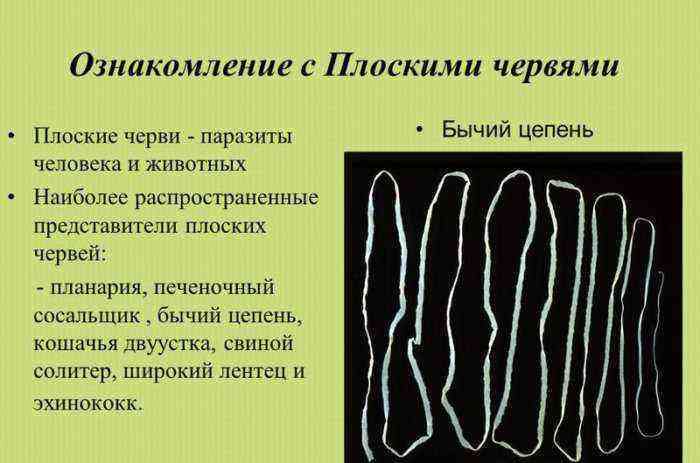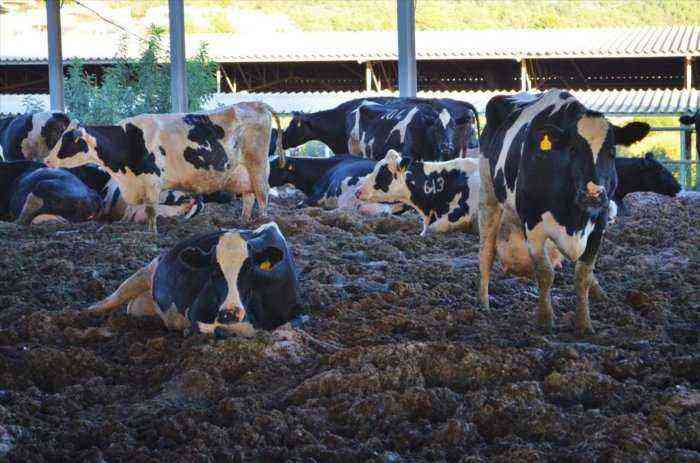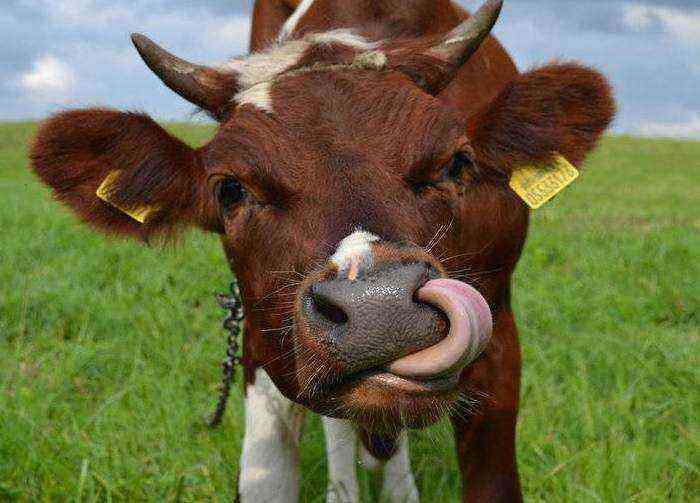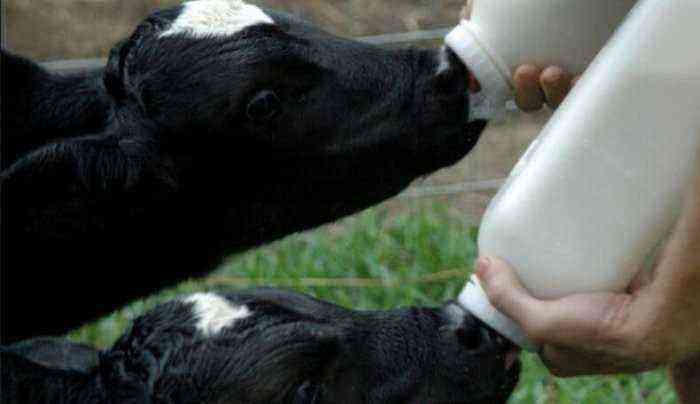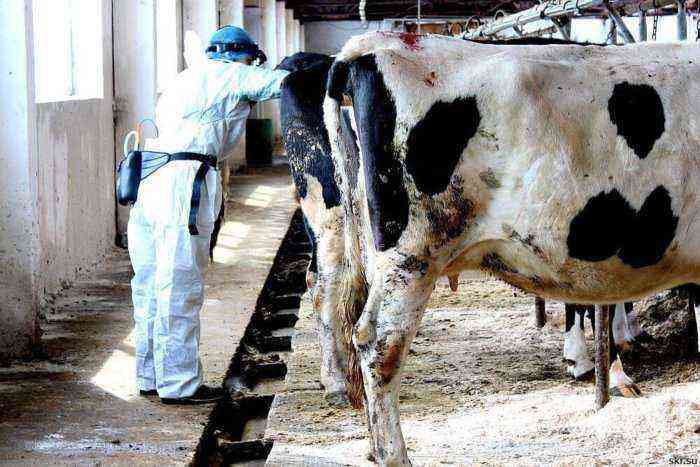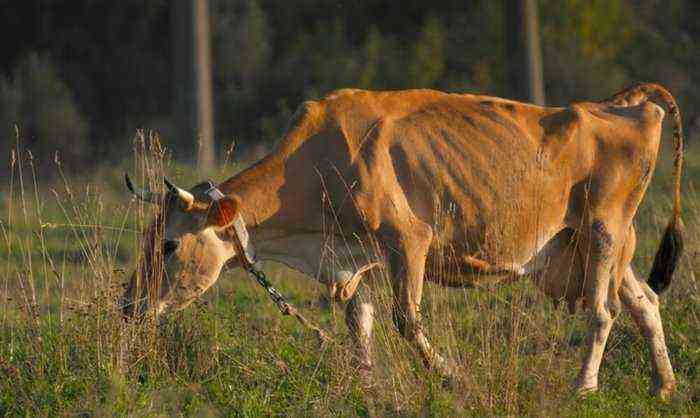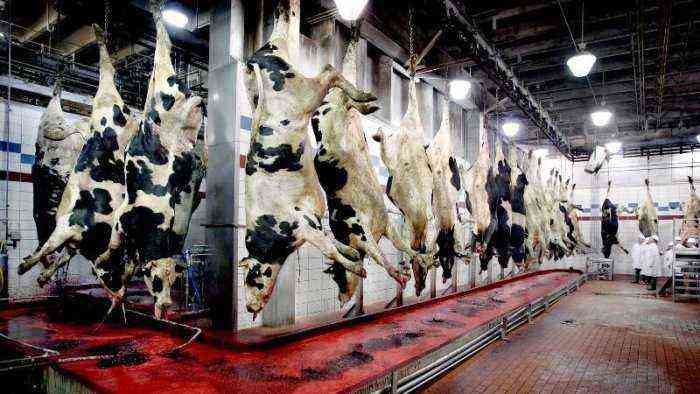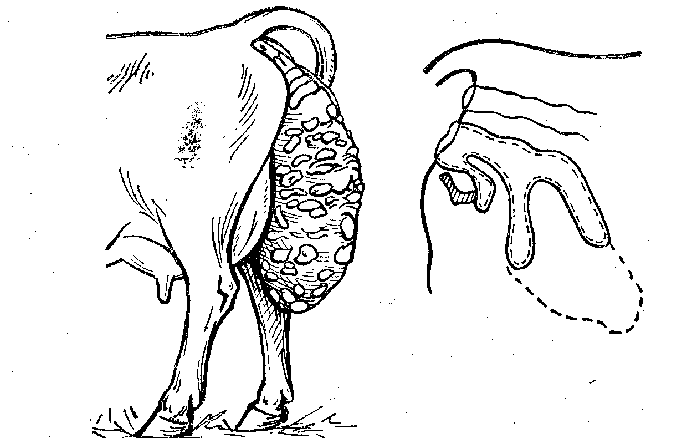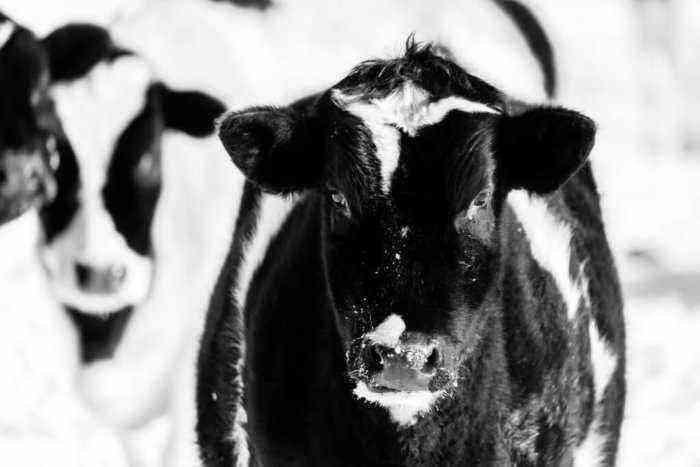Good health and high productivity of a cow directly depend on the conditions of its maintenance. And the most important point in this regard is the proper feeding of cattle. Only when providing a balanced diet, the animal will give high milk yield and quickly gain weight. In addition, careful planning of feeding also allows you to meet the body’s basic need for nutrients, while using feed reserves more economically.
Cow feeding
What are feeds?
It is worth noting that to ensure the optimal life of a cow and high milk yields, one grass and hay in its menu will not be enough. The right diet includes several types of feed at once, which together provide the animal with the necessary amount of energy, nutrients, minerals and vitamins. Depending on the origin, such feed stocks are divided into:
- animals;
- vegetable;
- combined feed;
- mineral and vitamin supplements.
The main component of cattle feeding is vegetable feed, which, in turn, is divided into 3 types:
- Juicy food. For cattle, they are the main source of protein and fiber. This category includes fresh grass, silage, watermelons, various root vegetables, and many other types of plant foods.
- concentrated feed. This type of food provides the cow with a large amount of carbohydrates, supplements the already received protein norm. Concentrates include grain, cake, bran, meal.
- Roughage. This includes mainly hay or straw of legumes and cereals. They are a good source of vitamins and nutrients. Especially in demand when feeding livestock in winter.
Feed components of animal origin are waste from meat and fish production. This includes meat, bone and fish meal. Such feed, together with mineral and vitamin supplements, supplements the basic diet to meet the need for various micro and macro elements.
Feed according to the season
When planning the right diet for cows, it is important to take into account the seasonality of feeding. At different times of the year, the physiological needs of the animal may change. In addition, some foods may not be available during the winter. Accordingly, the feed ratio should be adjusted to these moments.
What to feed a cow in winter?
Naturally, in winter it will not work to feed livestock with green grass. The diet of cows in this case undergoes certain changes. In the first place are coarse and juicy feed. Moreover, in the first case, hay or straw will be optimal. Of the juicy ones, beets and silage are best suited.
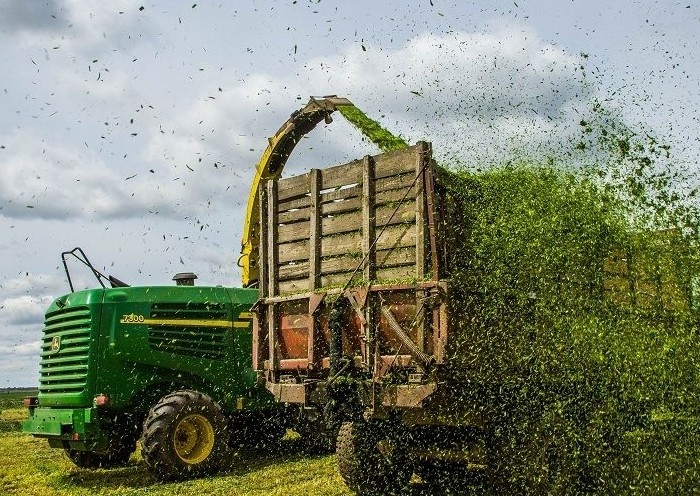
Silo procurement
Concentrates should also be included in the diet without fail. For a day, one cow is able to eat up to 10-12 kg of such feed. But for better assimilation of this food, it should be fed to the animal in 5-6 doses. Moreover, it is better to feed the bulk of the concentrates in the winter after milking.
As for silage, it must be given not in its pure form, but together with hay or straw. Moreover, it is desirable to change the type of such food. Feeding corn silage alone for 1,5 months or more can cause rumen indigestion.
On average, one meal for a cow in winter should include:
- fodder beets – at least 3 kg;
- pulp – 1 kg;
- concentrates – from 1 to 1,5 kg per dose.
Silage for dairy cows can be periodically replaced with alfalfa haylage. It will have a beneficial effect on milk formation and provide the body with the missing nutrients.
To feed livestock with hay and straw in winter, they must first be finely chopped and poured with hot water. A few concentrates, beets, salt are added to the resulting mixture. The composition can also be supplemented with fodder yeast.
What to feed a cow in summer?
Feeding cows in the summer involves grazing animals. Green grass is an excellent source of protein, vitamins and fiber for livestock, which is essential for efficient digestion. At the same time, it is important to gradually transfer the animal to pasture walking. You should start from 2 hours and gradually increase the grazing time to 10 hours or more.
In parallel with the increase in grazing time, it is necessary to reduce the amount of concentrated and roughage in the diet. But it is impossible to completely exclude concentrates in the summer. One green fodder for livestock will not be enough to ensure good milk yields. Therefore, as a supplement, upon returning from the pasture, the cow is fed with grain, the volume of which is calculated based on daily milk yield.
Reference. To improve milk formation, the diet also includes potatoes, beets, rapeseed cake. Animals should be provided with plenty of clean water.
Feeding depending on the purpose
Feeding norms for cows and the general composition of the diet largely depend on the purpose for which cattle are raised. To increase milk yield, one type of feeding is used; when fattening an animal for meat, the ratio and volume of feed suggest a completely different nature.
To get milk
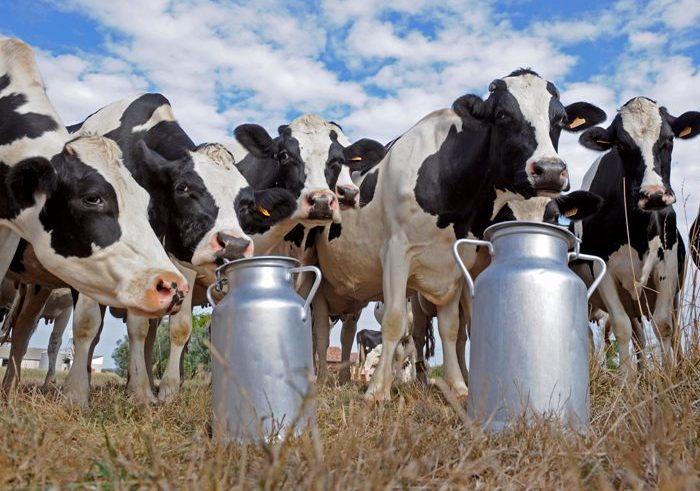
milk yield
When compiling a diet for each individual animal, its weight and general condition are taken into account. This approach allows you to meet the basic nutrient requirements for growth and development. But the process of milk formation requires additional costs of such substances that a standard diet cannot provide. Therefore, the feeding of dairy cows implies an increase in the total food norm in the calculation: 0,3 feed units per 1 kg of milk that the cow gives. At the same time, at least 45 g of protein should fall on each such increase.
The optimal daily diet, taking into account these points, will look something like this:
- hay in the amount of 2,5-3 per centner of animal weight;
- root crops (beets or potatoes) in a volume of at least 2-3 kg per kg of milk;
- various concentrates – about 150 g per kilogram of milk;
- table salt – at least 5 g for every 100 kg of cow weight.
In the summer, grass from the pasture is the basis of the diet. If it is not enough to provide the desired milk yield, then such food should be supplemented with green top dressing, root crops and an increased rate of concentrates.
Feeding highly productive cows should be carried out at least 4 times a day. For animals with average productivity, 3 meals will be enough. Feed should be fed in the following order:
- Concentrated.
- Juicy.
- Rough.
To get meat
Feeding bulls for meat also involves its own characteristics. In this case, it is better to choose the right diet for the animal even at calf age. At the same time, meat fattening involves 3 main stages:
- Preparatory. It involves the full development of young animals and the provision of all vitamins and microelements necessary for growth. The basis of the diet at this stage is hay, straw, boiled potatoes (from about 6 months), green grass in the summer. It is extremely important for meat fattening to introduce a large amount of silage into the diet.
- Basic. In fact, the goals in this period are the same as in the first stage. The composition of the diet also remains unchanged.
- Final. At this stage, the amount of food needed by the animal is gradually reduced. At this time, it is important to increase the amount of juicy and concentrated food, which will provide a better mass gain.
The main task of fattening for meat is to provide the calf with such a volume of nutrients that will exceed its physiological needs. This will give impetus to the development of muscles and rapid weight gain.
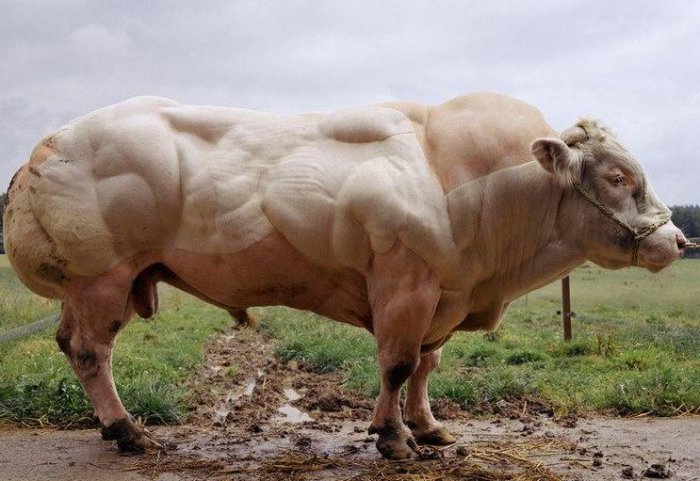
Musculature of cattle
It is extremely important to provide the animal with regular three meals a day to ensure optimal growth. Moreover, it is impossible to violate the established time of meals, otherwise the food will be absorbed worse.
Further feeding is based on the chosen scheme of meat fattening.
During the dry period
Proper feeding of heifers and cows in the period before and during pregnancy determines the health of both the baby and the mother. Therefore, the development of a diet in this case should be approached very responsibly.
During the dry period, a cow, including heifers, must gain at least 900 g of weight per day. But to achieve this indicator is quite difficult due to the fact that the physiological needs of a pregnant cow are constantly changing. To facilitate the task, the dry period can be divided into 2 periods and plan feeding in accordance with them.
The first 5-6 weeks of the dry diet of the animal’s diet suggests the following features:
- hay and haylage harvested from cereals are the basis of the diet;
- food is supplemented with mineral and vitamin supplements;
- concentrates from the menu are completely excluded;
- if the animal begins to lose weight on such feed, it should be supplemented with high-quality silage;
- calcium is also completely excluded from food.
The second period lasts the last 2-3 weeks before childbirth. The fattening plan at this time is undergoing changes. It suggests the following:
- the basis is high-quality cereal haylage and silage;
- concentrates are again introduced into the diet in the amount of 3 kg per day;
- closer to calving, energy diet foods should be added to food;
- the amount of calcium per 1 kg of food should be at least 8 g and about 4,5 g of phosphorus.
Often, advance feeding is also practiced during the dry period.
Highly productive breeds
Features of feeding highly productive cows are based on the fact that the metabolism of such animals is significantly accelerated, in comparison with conventional breeds. As a result, in order to maintain such a level of metabolism, the diet of such individuals should have the following form:
- 50% fat, carbohydrates and other nutrients;
- 25% easily digestible protein;
- 25% minerals and vitamins.
Any deviation from this scheme will lead to a decrease in cow productivity.
The basis of the diet of highly productive cows should be hay, fresh grass, silage. Such food is supplemented with a certain amount of beets and potatoes. A good source of energy for the animal will be concentrated food, but in the total amount of food it should take no more than 25%.
Feed the animal should be 3-4 times a day at a strictly defined time.
To increase milk yield
The milk productivity of cattle directly depends on the quality of feeding that is provided to them. Therefore, if certain amendments are made to the diet, cow’s milk yield can be significantly increased.
First of all, for this purpose, the animal should be provided with a sufficient amount of high-quality hay. Ideally, you should alternate the collection of legumes and cereals. Hay in the total amount of food should take at least 20%.
Carrots and beets will help to significantly increase milk yield and fat content of milk. The sugar they contain has a beneficial effect on the taste of the dairy product. But the increase in the established norm of concentrated feed, although it increases the amount of milk, but negatively affects its taste.
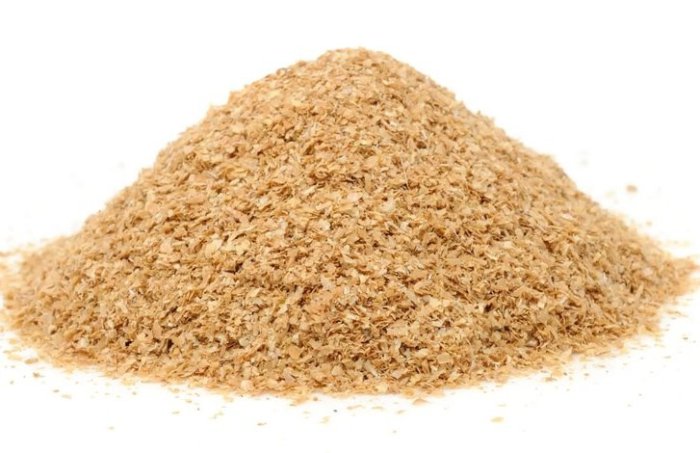
Wheat bran
An increase in milk productivity can also be achieved by introducing brewer’s yeast and wheat bran into the diet. Premixes and compound feeds will also be a good help.
For cows after calving
Immediately after calving, the cow is transferred to a kind of diet food. It includes quality fresh hay and oatmeal or wheat bran mash. Chatterbox is made by diluting the dry matter with warm water. Hay can be given as much as the cow can eat, but it is better to reduce the amount of concentrated feed to 1,5 kg. The diet lasts for two days.
By day 4, feeding can be varied with special compound feeds. They are fed to the animal in the amount of 2,5 kg per day. The specified rate increases by 250 g every 2 days. A fixed rate of such feed is established when the calving individual ceases to respond to an increase in the dosage of feed with an increase in milk yield.
From about 4 days after calving, succulent feed should be gradually introduced into the food. Moreover, it is better to wait with silage until the heifer adapts to the food that has become unusual. It is better to start with pumpkin, carrots, beets, zucchini.
Plentiful supply of clean drinking water must be provided. In the summer, after a few it, the animal can be given green top dressing. To ensure the proper amount of microelements near the feeder, salt licks should be placed.
Conclusion
Thus, proper balanced feeding is a key factor in ensuring the health, meat and dairy productivity of cattle. This moment requires deep theoretical knowledge and a lot of effort to harvest high-quality fodder stocks. But as a result, the effort spent pays for itself a hundredfold, allowing you to avoid a number of serious problems and reach new heights in terms of productivity.
